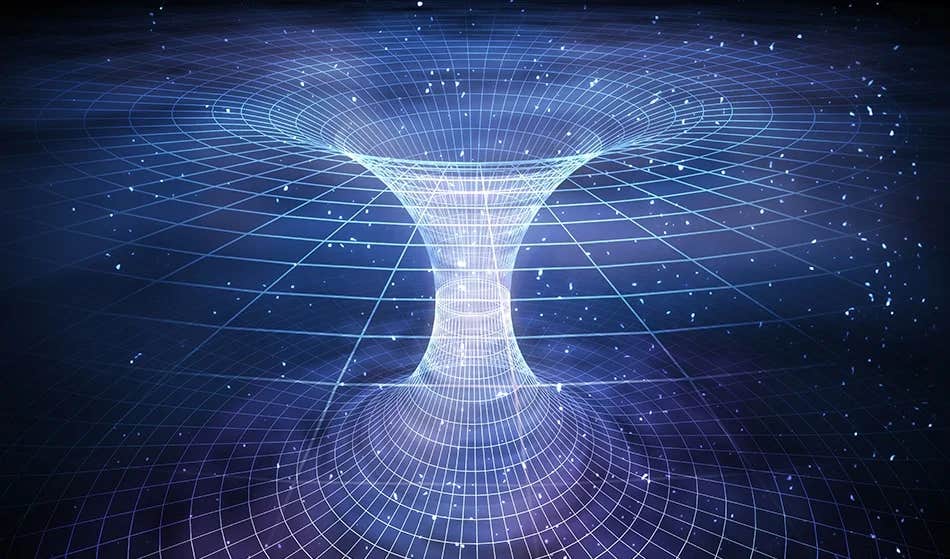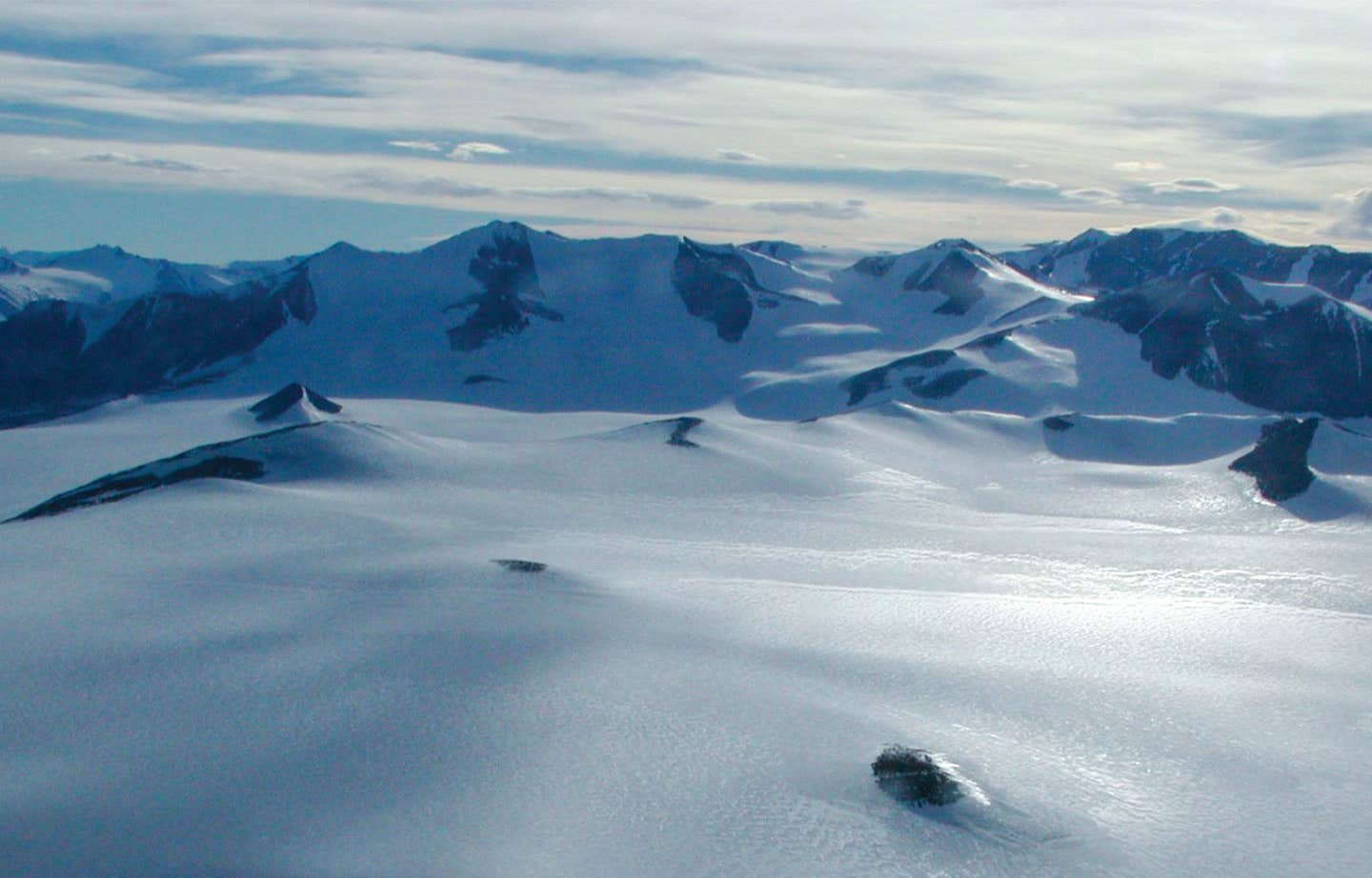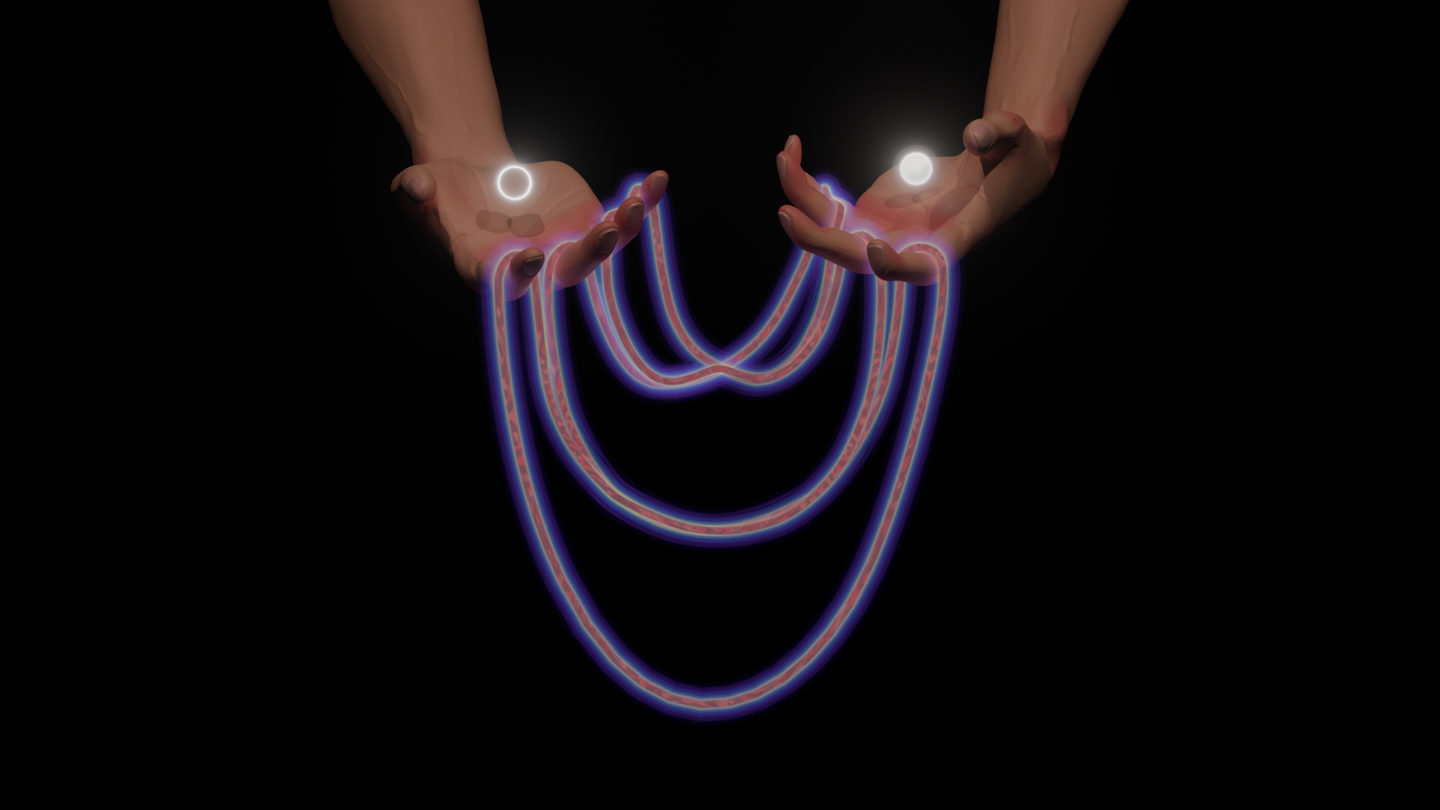Subatomic wormholes could be responsible for universal expansion
The universe isn’t just growing—it’s speeding up as it does—upending long-held ideas about gravity and motion in space.

Quantum gravity is the unifying term for the theories that seek to collectively describe gravity with the fundamental forces of physics. (CREDIT: vchal / Shutterstock)
The universe isn’t just growing—it’s speeding up as it does. That discovery stunned scientists, upending long-held ideas about gravity and motion in space. This rapid expansion wasn’t predicted by Einstein’s general relativity. If space only contained known particles and radiation, it simply shouldn’t be happening.
To explain this puzzle, researchers proposed something radical: a strange force now called dark energy. It's invisible, interacts faintly with matter, and yet it seems to push galaxies apart. “Dark energy remains one of the most debated topics in modern astrophysics,” said one cosmologist involved in the ongoing work.
Despite its mystery, scientists estimate that dark energy makes up about 68% of the universe’s total energy. That’s more than everything else—stars, planets, dust, and gas—combined. But it’s not just the numbers that baffle experts. It’s the fact that such a dominating force leaves behind no clear signature.
Though many are sure of its existence, almost nothing is known about what dark energy truly is. Its origin, its makeup, and how it behaves all remain open questions. Yet understanding it may be key to grasping the future—and fate—of the universe.
A leading idea tries to capture this force through a simple concept: the cosmological constant, denoted by the Greek letter Λ. It’s a term added to Einstein’s equations that represents a steady energy density filling space. While this model works on paper, it leads to a stunning mismatch when theory meets measurement.
Quantum field theory predicts a value for Λ that’s 120 powers of ten too large. That’s not a small error—it’s the largest known gap between theory and observation in science. This mind-bending problem, often called the cosmological constant problem, has sent physicists back to the drawing board.
Two bold paths now guide the search. One treats dark energy not as a constant, but as something that changes over time. This approach keeps general relativity but makes room for a dynamic force. The other path goes further, questioning whether our current model of gravity needs an upgrade.
Among the boldest ideas is holographic dark energy. It springs from quantum gravity and imagines the universe as encoded by quantum rules on a distant surface. Though highly theoretical, this concept might help close the gap between quantum mechanics and cosmology, offering new clues in the dark.
Related Stories
In an attempt to resolve these issues, scientists are also looking into quantum gravity—the theoretical framework that seeks to unify general relativity with quantum mechanics. Quantum gravity presents new, complex ideas about how the universe behaves on a fundamental level, and some researchers believe it could hold the key to understanding dark energy.
Recently, a bold new candidate for dark energy has been proposed: subatomic-size wormholes. These tiny tunnels, linking separate points in space, could be responsible for the universe's expansion. According to researchers, these microscopic wormholes are continuously created and destroyed in the vacuum of space due to quantum effects.
This phenomenon is comparable to particle generation at the event horizons of black holes, which leads to Hawking radiation, or the creation of electron-positron pairs by strong electric fields—a process known as the Schwinger effect.
However, these wormholes differ from those phenomena in significant ways. The mathematics describing their creation requires the inclusion of quantum effects in gravity, a task that is still poorly understood. The challenge of incorporating quantum gravitational phenomena has made it difficult for scientists to determine the exact rate at which these wormholes are formed.
Despite this, researchers have managed to develop an estimate using Euclidean quantum gravity, showing that if about 10 billion wormholes are created per cubic centimeter of space each second, their energy would be enough to drive the universe's accelerated expansion.
The findings were published in the journal Physical Review D, where Stylianos Tsilioukas, a doctoral student at the University of Thessaly and National Observatory of Athens, and his colleagues presented their model.
According to Tsilioukas, the model they propose has observational advantages over the widely accepted Standard Cosmological Model, which assumes that dark energy remains constant over time.
"According to our proposal, dark energy can change as time flows," Tsilioukas said. This is significant because recent observations suggest that the rate of the universe's expansion has varied over its lifetime, challenging earlier assumptions.
Although this new theory holds potential, it still faces the hurdle of experimental verification. For now, the idea of wormholes driving dark energy remains untestable, but that could change as advancements in space-based experiments and observations improve our ability to measure the expansion rate and other aspects of dark energy.
As Tsilioukas noted, "The ever-increasing accuracy of space experiments and observations should enable astronomers to deduce the universe expansion rate in more detail, as well as to measure other observable manifestations of dark energy."
This breakthrough could also offer new insights into quantum gravity, often regarded as the Holy Grail of theoretical physics. If proven, the discovery of wormholes as a driver of cosmic expansion would not only solve the mystery of dark energy but also provide key information about how gravity operates on the smallest scales, potentially unifying it with the other fundamental forces.
The research team is already working on refining their calculations. "We are working right now on a model which calculates the rate of wormhole formation," said Tsilioukas. "The research seems promising, and we hope to publish the results very soon."
In the long term, understanding dark energy could revolutionize our grasp of the universe, its origins, and its ultimate fate. If wormholes are confirmed as the missing piece of this cosmic puzzle, they could open up entirely new avenues in the study of physics, revealing insights into the very fabric of space and time.
Note: Materials provided above by The Brighter Side of News. Content may be edited for style and length.
Like these kind of feel good stories? Get The Brighter Side of News' newsletter.



